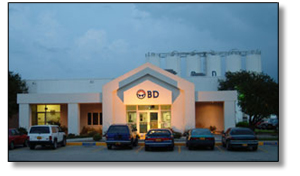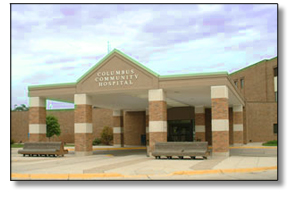
IRS Information on Commercial Building Tax Deductions
In June 2006, the U.S. Internal Revenue Service issued an advance copy of a notice on how commercial building owners or leaseholders can qualify for a federal tax deduction by making their buildings more energy efficient.
The commercial building deduction, which was enacted in the Energy Policy Act of 2005, allows taxpayers to deduct the cost of energy-efficient improvements installed in commercial buildings through December 31, 2007. The amount deductible may be as much as $1.80 per square foot of building floor area for buildings where energy use is cut by half. Buildings that fall below that target can still earn a deduction of 60 cents per square foot if the energy use is cut by one sixth.
Before claiming the deduction, taxpayers must obtain a certification that the required energy savings will be achieved, and the Internal Revenue Service notice describes how to obtain that certification.
In most cases, the builder (or designer in the case of publicly-owned buildings) can take the deduction in the year the property was placed in service. The building or system must be certified, with inspection and testing, as meeting the energy cost savings goal according to guidance issued by the IRS. Key provisions in the guidance include the following:
To comply with this rule, the U.S. Department of Energy will create and maintain a public list of software that must be used to calculate energy savings for purposes of providing the certification.

The certification must include a field inspection of the building after the building is placed in service to confirm that the building has met the savings goals. Specific inspection and testing procedures are being developed by the National Renewable Energy Laboratory and will be posted on the web when completed. Certifiers must also provide the building owner with an explanation and list of the energy efficiency features of the building and the projected annual energy costs.
The National Lighting Bureau has created a brochure New Tax Incentives Make High-Benefit Lighting Less Expensive Than Ever Before about how the tax incentives encourage high-efficiency indoor lighting. For lighting systems, until the IRS issues a final rule, the law specifies that a deduction of $0.30 per square foot can be taken if the lighting system employs dual switching (ability to switch roughly half the lights off and still have fairly uniform light distribution) and reduces installed lighting power by at least 25 percent from values specified in specific cited tables in ASHRAE Standard 90.1-2001. As lighting power reductions climb from 25 to 40 percent, the deduction is increased proportionally, up to $0.60 for a 40 percent power reduction (plus the dual switching). This prorated credit does not apply to warehouse lighting.
More information on tax incentives is available at the Tax Incentives Assistance Project and the Commercial Building Tax Deduction Coalition.